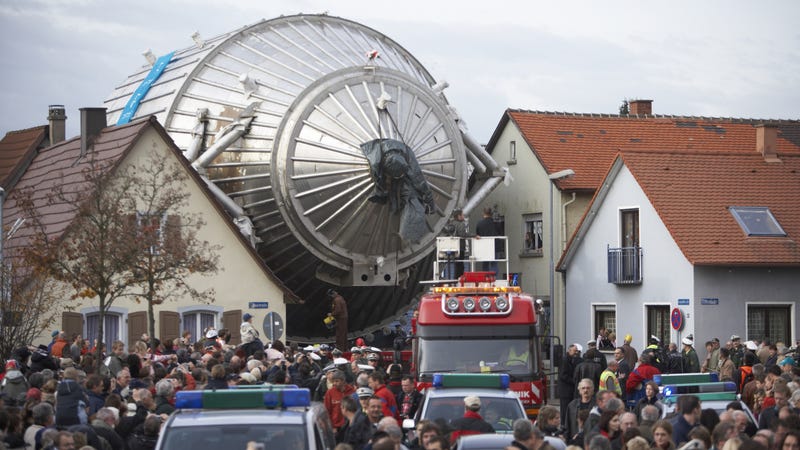I've been using an Android tablet for several years, mostly as an ereader. My first tablet was a Galaxy Tab 10.1" and the second an Acer. Both suffered from the same problems: an older version of Android and lack of horsepower. I finally gave up on the Acer, which was running Android 6, when most of the apps I wanted to use became too slow or refused to run outright because Acer wasn't upgrading the OS.
So last week I bought a
Samsung Galaxy Tab A (2019) 10.1" tablet from Costco. The price was right, just under $300, and the deciding factor was that it came with Android Pie.
My first impressions are positive. Setup was straightforward. I was able to transfer many of the settings and information like contacts from my Google and Samsung accounts. Given that the tablet only has 2 GB of RAM, I didn't try to load all of the apps from my phone, rather installing only the minimum set that I figured I would use on the tablet. Kudos to Samsung for not installing a bunch of bloatware (Acer, are you listenning?).
The 10.1" screen has a 1980 x 1200 resolution, which given my nearsightedness is perfectly fine. Colours are vivid and there's lots of contrast. The tablet has an octo-core processor and seems adequately fast, although having only 2 GB of RAM might be a problem for some users. Performance is zippy enough, though it's perhaps not as speedy as the Galaxy S4 tablet that I was using at the TSX. There's 32 GB of internal storage and I added a 32 GB micro SD card. Samsumg rates the tablet for 13 hours of viewing, and that's probably reasonable, as I was able to use it for three or four hours a day for three days before it got down to 30 percent.
The Android 9.0 on the tablet is essentially the same as the Android 9.0 on my Galaxy S8 phone. It's not a specialized tablet OS, like the Android 4.4 and 6.0 on my previous tablets. I'm keeping an eye on updates though, as my phone has been updated to the August 1 security patch, but the tablet is still running the May 1 patch.
My main purpose for buying the tablet is to read magazines from the various library download services, PDF files, and ebooks, and it serves that purpose quite well. (I am planning a blog post about reading magazines online).
So if you're looking for a reasonably priced tablet that's running a current version of Android, the Samsung Galaxy Tab A is definitely worth considering.
And, no, I'm not interested in iPads. They're overpriced and the less connection I have to Apple's ecosytem, the better.



